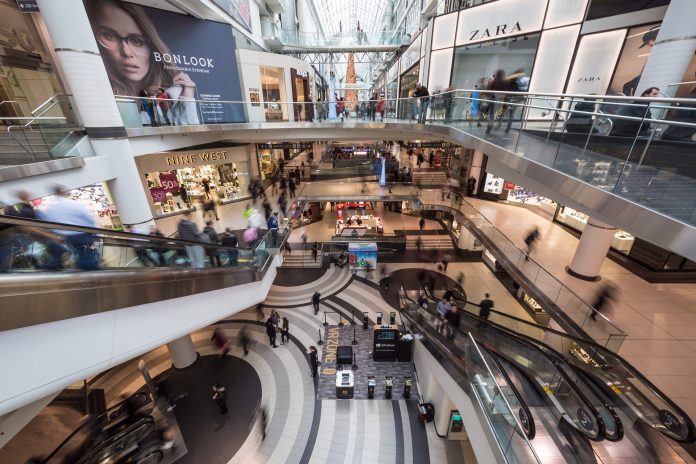Many individuals who monitor traditional shopping think that shopping centres are becoming somewhat obsolete. But the truth is that the world as it is now gives malls a chance to start over. With quick and aggressive innovation and a focus on the customer, shopping centres can change into consumer engagement spaces. These are places that have a mix of uses and are designed to meet the needs of shoppers now and in the future.
As online shopping becomes a bigger part of the retail market, the top traditional brands are rethinking how they set up their stores. Landlords are rethinking their tenant mixes and adding more places to eat and have fun. And digital start-ups are putting together their own physical presences, but they are doing it more slowly and in a different way than the industry norm would suggest. The operators and tenants of tomorrow will be the ones who are willing to break away from the habits and routines of yesterday and fully embrace a consumer-driven future. Read on to find out more.
Repurposed Anchor Spaces
Many malls’ anchor stores can successfully transition into new uses, such as fitness centres or medical clinics. Temporary events, exhibits, and seasonal stores are becoming increasingly popular in unused anchor spaces, with good shopping centre advertising letting people in on the idea.
Any use that brings people inside, such as amusement, coworking, hotels, offices, and even residences, will find a home in the mall. The revitalisation of shopping malls has the potential to meet many of the housing demands of urban areas. After all, many shopping centres have large plots of land and complete support facilities. The addition of people and the variety of their activities amount to the creation of mini-cities. If they want to attract enough people to become self-sustaining, they’ll need to include things like grocery stores, for example.
Innovation Centres
The people we imagine managing innovation centres are telling: anthropologists, cultural psychologists, and mall ethnographers will track shoppers as they move from store to store and analyse their behaviour in order to provide immediate feedback to businesses. To turn beta testing into a profitable enterprise, a portion of a store’s real estate could be set aside for “test stores” to implement lessons learned from experiments with prototypes of potential new ideas. Consumers, meanwhile, will be able to try out cutting-edge tech, get in touch with seasoned pros, and potentially barter private shopping and product review data for sales or other incentives.
AI And Augmented Reality
The use of artificial intelligence (AI) is transforming the traditional shopping experience.
Sensors can monitor customer foot traffic to determine the best placement of shelves, and inventory robots can automatically restock the shelves. Personalised signage and cross-selling opportunities can keep customers coming back by relaying timely, relevant messages—like stock-low warnings—that are sure to grab their attention and inspire them to buy.
The use of augmented reality (AR) is also improving the shopping environment. Using augmented reality (AR), consumers can upload a photo of their room and try out various colour palettes and accessory arrangements before making final purchases in the homeware industry. In the fashion industry, customers can “try on” items by uploading photos of themselves, and AI can then recommend complementary accessories to complete the look, thereby providing a cross-selling and styling service.
All of this could be included in the mall of the future – but only time will tell!

